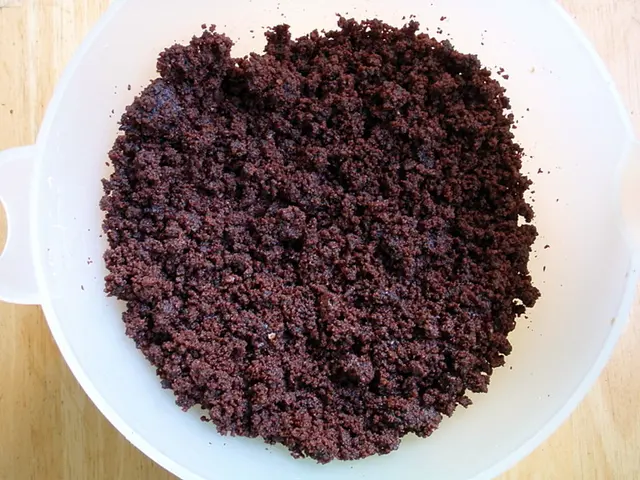Distinguishing Age Spots from Skin Cancer: Recognizing the Differences
Age spots, skin cancer, and actinic keratosis might seem similar, but understanding their differences is vital for early detection and proper treatment. Here's a breakdown of their symptoms, diagnosis, and treatments:
Age Spots
- Symptoms: Age spots, or solar lentigines, appear as dark, flat spots on the skin, mostly in sun-exposed areas. They are usually harmless and more common with age.
- Diagnosis: The diagnosis is typically based on the appearance of the spots, their uniform color, and well-defined edges.
- Treatment: While age spots don't cause harm, cosmetic treatments might be sought to reduce their appearance. These include topical creams, chemical peels, and laser therapy.
Actinic Keratosis
- Symptoms: Actinic keratoses are precancerous, looking like thick, scaly or crusty patches on the skin that can be pink, red, tan, or the same color as the surrounding skin. They often feel rough to the touch.
- Diagnosis: Since they may resemble early skin cancer, a biopsy might be necessary for diagnosis, especially if there are concerning features like ulceration or rapid enlargement.
- Treatment: Treatment options include topical creams (such as fluorouracil), freezing (cryotherapy), and photodynamic therapy. In some cases, laser treatment might be utilized.
Skin Cancer
- Symptoms: Skin cancer symptoms can vary depending on the type:
- Melanoma: A melanoma may appear as a new or changing mole, often featuring irregular borders, multiple colors, and an uneven diameter.
- Basal Cell Carcinoma: This type usually presents as a shiny, red bump or nodule.
- Squamous Cell Carcinoma: It often looks like a firm, red nodule or a flat, scaly patch.
- Diagnosis: Diagnosis is usually confirmed by a biopsy.
- Treatment: Treatment depends on the type and stage of the cancer, with options such as surgery, topical treatments, radiation therapy, and chemotherapy available.
Key differences include nature (age spots are benign, actinic keratoses are precancerous, and skin cancer is malignant), appearance (age spots are uniform and flat, actinic keratoses are scaly and rough, and skin cancer lesions can vary widely), and risk (actinic keratoses have a risk of progressing to squamous cell carcinoma if untreated, while skin cancer is already malignant and requires immediate treatment).
Early detection and treatment are crucial for managing these conditions effectively. If you notice any unusual skin changes, consult a dermatologist promptly.
- While age spots don't lead to any serious medical-conditions, other skin cancer types like melanoma or basal cell carcinoma require immediate attention from an oncologist or a dermatologist.
- Understanding the differences between age spots, other skin cancer types, and actinic keratoses is crucial for early detection and proper treatment, ensuring better health-and-wellness outcomes.
- Skin care is essential in preventing skin conditions such as melanoma, basal cell carcinoma, and squamous cell carcinoma; regular self-examinations and professional check-ups can help identify symptoms early.
- In diagnosing actinic keratoses, skin cancer, or melanoma, science relies on various factors like a skin sample's biological analysis, location on the body, and invasive growth patterns.
- If you detect any suspicious skin-conditions or skin-care issues, seeking advice from a dermatologist or an oncologist could be life-saving, as early detection and treatment can significantly improve the chances of recovery.








